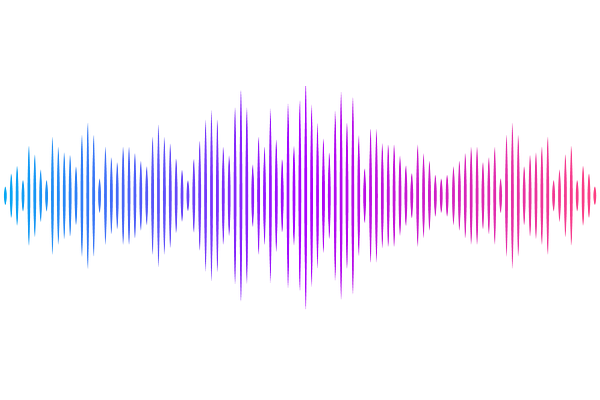Regular black holes from Oppenheimer-Snyder collapse

Regular black holes from Oppenheimer-Snyder collapse
Pablo Bueno, Pablo A. Cano, Robie A. Hennigar, Ángel J. Murcia, Aitor Vicente-Cano
AbstractIt has been recently shown that regular black holes arise as the unique spherically symmetric solutions of broad families of generalizations of Einstein gravity involving infinite towers of higher-curvature corrections in $D\geq 5$ spacetime dimensions. In this paper we argue that such regular black holes arise as the byproduct of the gravitational collapse of pressureless dust stars. We show that, just like for Einstein gravity, the modified junction conditions for these models impose that the dust particles on the star surface follow geodesic trajectories on the corresponding black hole background. Generically, in these models the star collapses until it reaches a minimum size (and a maximum density) inside the inner horizon of the black hole it creates. Then, it bounces back and reappears through a white hole in a different universe, where it eventually reaches its original size and restarts the process. Along the way, we study FLRW cosmologies in the same theories that regularize black hole singularities. We find that the cosmological evolution is completely smooth, with the big bang and big crunch singularities predicted by Einstein gravity replaced by cosmological bounces.